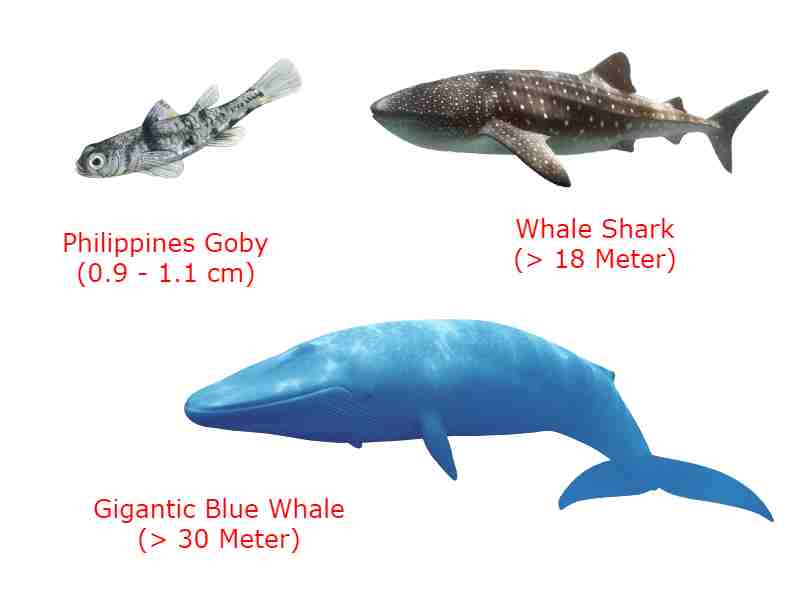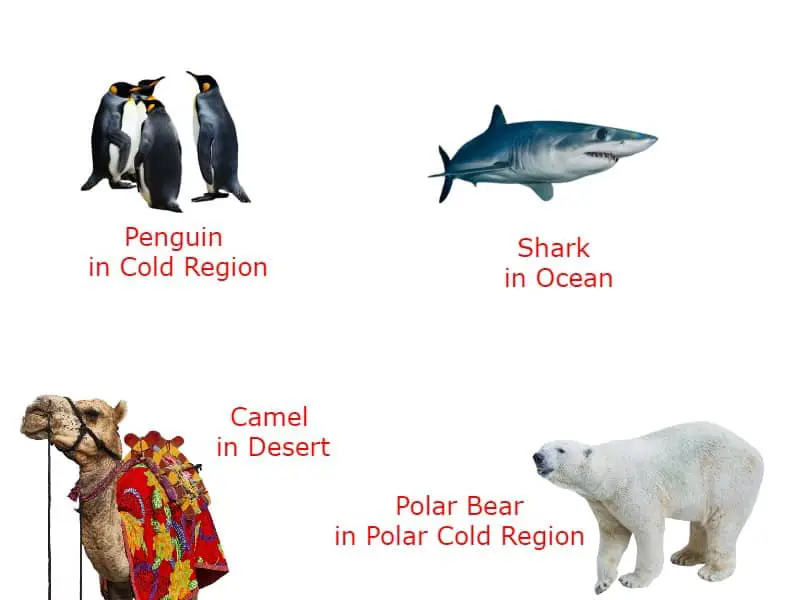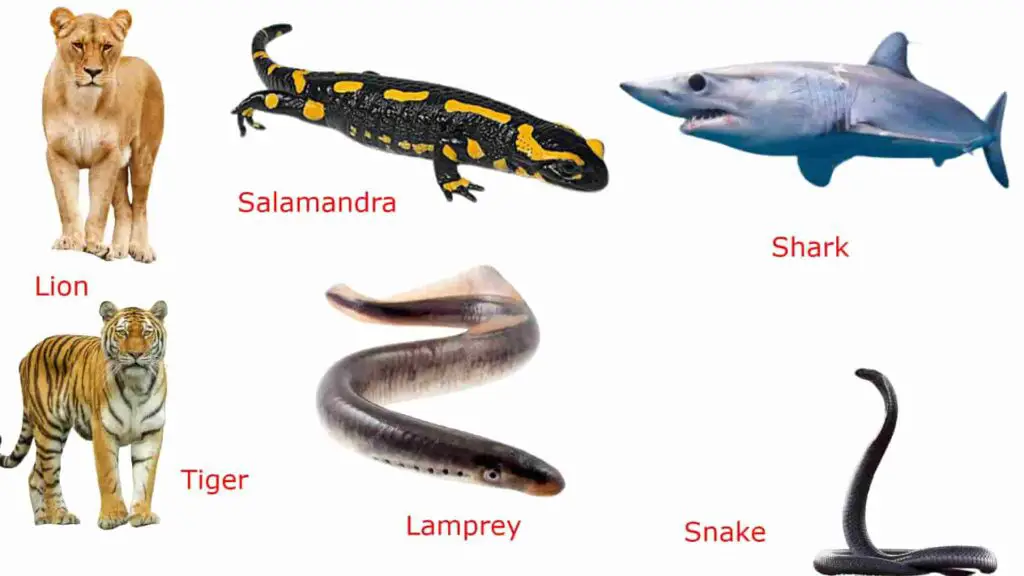Now we will discuss what are Pisces, what are Tetrapoda, similarities between Pisces and Tetrapoda, difference between Pisces and Tetrapoda but before we start we will discuss about the position of Pisces and Tetrapoda in animals.
Presence or absence of jaw and paired appendages divide the Vertebrate in two groups, Agnatha and Gnathostomata.
Gnathostomata have jaw and paired appendages but the appendages present in all members of Gnathostomata is not similar.
In fishes the paired appendages present in the form of pelvic and pectoral fins. But in case of amphibia, birds, mammals the paired appendages are different and those dissimilarity is used to divide the Gnathostomata into two groups, Pisces and Tetrapoda.

Table of Contents
What are Pisces:
The simple meaning of word Pisces represent fish, Pisces have paired appendages in the form of fin. Fin may present in pairs or odd, pectoral and pelvic fin help them to swim fast in water.
Fish are aquatic Gnathostomes, some are freshwater while some are marine water animals.
Placodermi contain primitive fishes, they are extinct now, the true fish we see today are either Osteichthyes or Chondrichthyes.
As fishes are aquatic so they take oxygen from water and leave carbon dioxide into water through gill, their body shape is streamlined which helps them to reduce the water resistance and help to move swiftly.
Fish have different types of aquatic adaptation, their streamlined body shape, presence of gill, dermal scale as exoskeleton, osmoregulation all are required for survival in aquatic habitats.
What are Tetrapoda:
The term Tetrapoda means presence of four appendages or limbs, in Tetrapoda fin-like appendages not present, instead they have limbs.
The paired limb give more advantages over fin, the limbs are modified in different patterns in different animals for different functions.
For example the limbs in a birds are not similar to the limbs in other Tetrapoda, forelimbs are converted into wings in birds while the forelimb in mammals has different functions.
The appendages in fish, fin help in movement which in Tetrapoda the appendages perform different types of functions.
Tetrapoda are mostly terrestrial and they can walk, run along with swimming. Tetrapoda contain advanced chordates, amphibians, reptiles, birds, mammals, it is believed that Tetrapoda have evolved from Pisces.
So we can say that Pisces are ancestors of Tetrapoda, lobe-finned fish evolved into early Tetrapoda and in this way, amphibians come to land from water first time.

Similarities Between Pisces and Tetrapoda:
As Pisces and Tetrapoda belong to Gnathostomata, it is normal that both of them have much similarity, both pieces and Tetrapoda have cranium, vertebral column, jaw and appendages.
Though most of the Tetrapoda do not have fin but some Tetrapoda have fin-like appendages, obviously they do not similar in anatomical perspective.
Most of the Tetrapoda are terrestrial but some Tetrapoda are aquatic and they have aquatic adaptation like Pisces.
Pisces and some Tetrapoda have scale as exoskeleton but they are not similar in their origin.
Difference Between Pisces and Tetrapoda:

| Pisces | Tetrapoda |
| Their paired appendages are fin but all fin do not present in pairs. | In Tetrapoda appendages show different types of adaptation and specialised for different types of functions. |
| In Pisces body is covered by scale and scale in Pisces are dermal in origin and skin are moist. | In Tetrapoda body are covered by hair, feather or scale, scale in Tetrapoda is epidermal in origin. |
| Pisces live in aquatic habitats so they respire through gill. | Tetrapoda are mostly terrestrial and they generally respire through lungs. |
| Heart in Pisces have two-chambered, one auricle and one ventricle, oxygenated and deoxygenated blood mix easily. | In Tetrapoda, the heart is three to four-chambered, and the tendency of mixing deoxygenated blood with oxygenated blood is much lower. |
| Most of the Pisces are aquatic and they have only internal ear. | Most of the Tetrapoda are terrestrial and they have internal ear as well as middle and external ear. |
| They have a special sense organ lateral line of sense which enable them understand different types of stimulus in aquatic environment. | Most of the sense organs present in Tetrapoda are specialised for perceiving stimulus from air. |
Pisces vs Tetrapoda: Summary:
If we talk about the main distinguishing feature between Pisces and Tetrapoda then it is presence of fin in Pisces and presence of different types of limbs in Tetrapoda.
Detailed Study on
Difference Between Chordata and Nonchordate
Phylum Chordata General Characteristics Features
Why Chordate are Advanced than Nonchordate
Chordate and Higher Non-chordates Similarity
Phylum Chordata 3 Fundamental Character
Phylum Chordata and Its Diversity
Chordata Definition with Examples
Classification of Phylum Chordata
Difference Between Acrania and Craniata
Agnatha and Gnathostomata: 10 Very Important Differences
Resource: Difference Between Pisces and Tetrapoda
Hi Everyone!!! Welcome to Imaluop. Imaluop always try to learn some new and he want to share to other people. Here we will try to learn various topics on Science, specially on Biological Sciences.